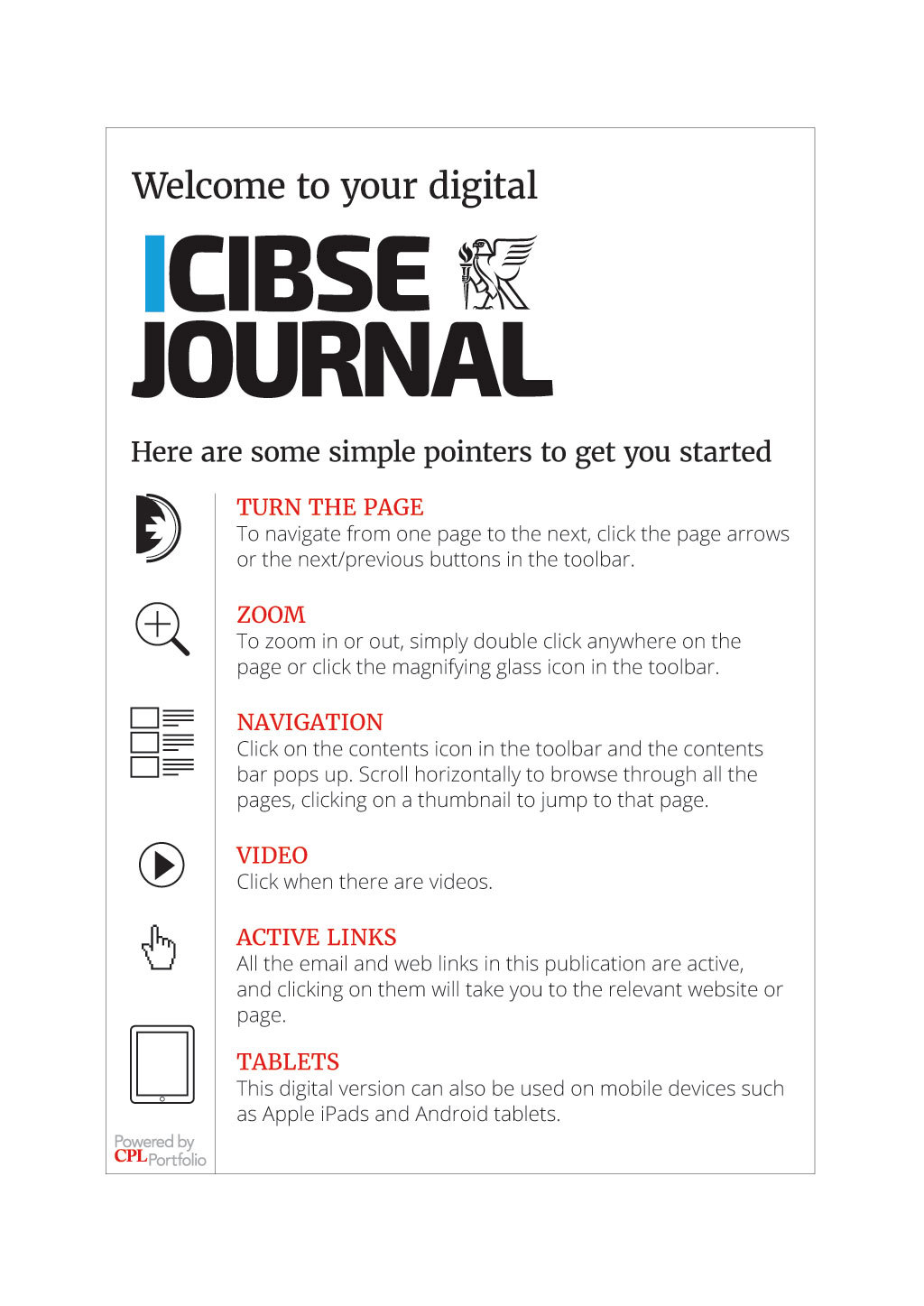




CIBSE JOURNAL CPD SPECIAL CPD DIRECTORY The latest company listings from CIBSE Two new CPDs: Designing building services for maintenance Exhaust air heat pumps for homes in temperate climates November 2023 CIBSE CPD Nov 23.indb 1 | www.cibsejournal.com 02/11/2023 16:51